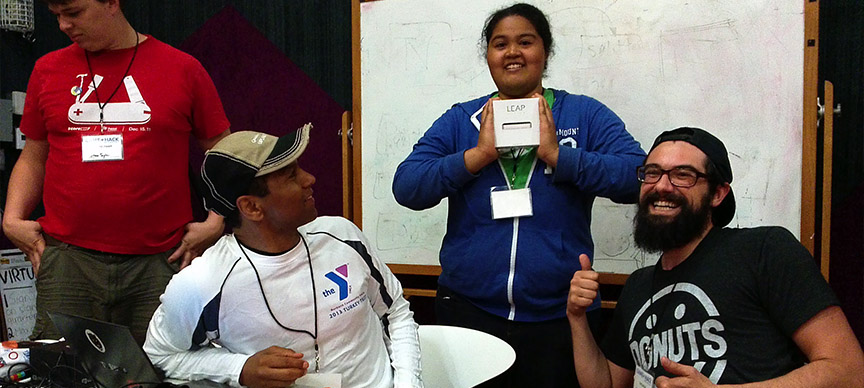Stereoscopic imaging is based on a simple idea. By presenting your eyes with two separate screens, you can create the illusion of 3D space. After all, this is how our eyes work – two inputs combined in our brains to create a representation of the world.
But what if you couldn’t see in three dimensions? You might think that using a 3D virtual reality platform wouldn’t make a lot of sense. However, objects in virtual reality don’t have to follow the same rules as objects in real life. That opens up some exciting possibilities, and we’re still just scratching the surface.
James Blaha has spent a lot of time thinking about how we see. As someone with strabismus, or “cross-eye,” his brain ignores the input from his non-dominant eye. It’s a problem that affects millions of people around the world. But by creating a game that forced his eyes to work together, he’s been working to overcome his condition and retrain his brain with the power of gamification.
Read the full post on the LEAP.AXLR8R blog »



